Peacocks are beautiful birds, but one downside to raising them is the high cost of their feed. To raise healthy peacocks, you need a lot of money to feed them. How can you reduce the amount you spend on feed for your peacocks?
Here are five feed alternatives for peacocks that can help reduce the cost of feeding your peacocks.
Table of Contents
1. Mealworm Larvae
Mealworm larvae are a very popular, cheap (or free) feed for farm animals and pets. These are the larvae of the popular mealworm beetle.
Mealworm larvae are rich in proteins, fats, and fiber, so when you feed your peacocks a combination of mealworm larvae and grains, they’ll get a balanced diet.
The best part about mealworm larvae is that you can raise them yourself if you have the time. To raise your mealworm larvae, follow the steps below.
- Buy your first set of mealworm larvae: You can get them from a feed mill or from any local entomologist.
- Buy their first substrate: You want to go by the rules the first time that you are culturing your mealworms. Their substrate is usually made of wheat or rice bran.
- Buy some protein-rich grains: Feed your mealworms with grains to increase their protein content.
- Wait until the larvae are large enough for your preference: The best time is just before they go to the next phase of metamorphosis.
- Keep some larvae: Leave some larvae to become beetles, and then raise them until they lay eggs so that you can restart the process without buying new larvae.
- Feed the rest of the larvae to your peacocks: You can either feed your peacocks with live larvae or process the larvae into feed.
Aside from mealworm larvae, there are other young insects that peacocks do eat. Peacocks enjoy black soldier fly larvae, housefly larvae, etc.
2. Grain Mix
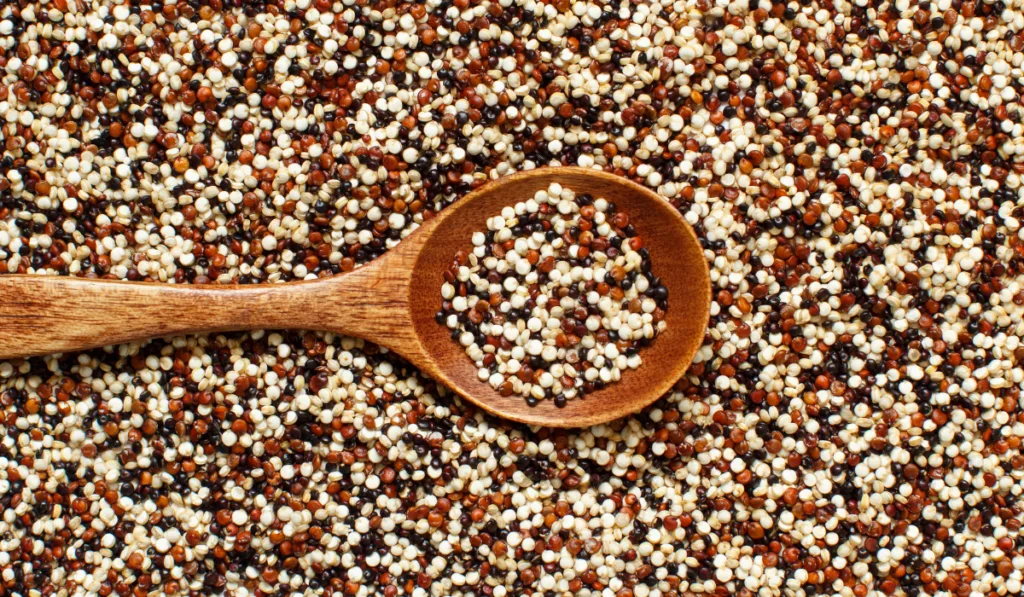
Grains are very important in feed formulation because they provide the necessary carbohydrates and other nutrients for peacocks. Some grains are also very rich in protein.
Examples of grains that you can feed your peacocks are:
- Wheat
- Corn
- Barley
- Oats
- Millet
- Rye
Note that you should only feed your peacocks a whole-grain diet when you run out of feed for the birds. Try to restock feed quickly so that you can stop the grain diet. If you want to feed your peacocks corn, you can help them digest their corn easier by giving them cracked corn.
Note that for the sake of your peacock’s nutrition, feeding them with a mixture of three or more grains is recommended.
3. Nutritious Kitchen Scraps
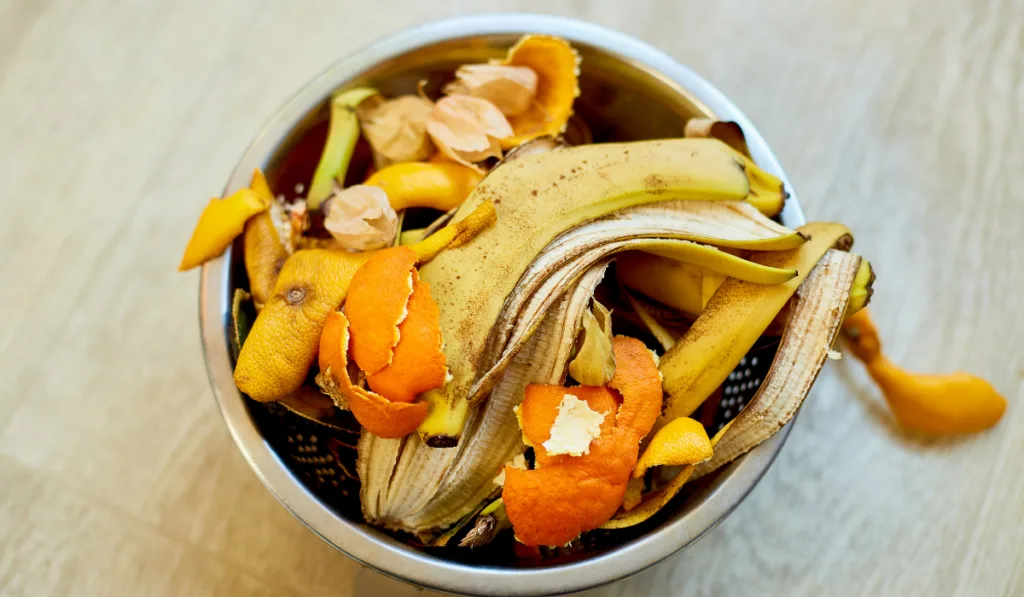
Peacocks can even eat kitchen scraps. Note that you should only feed your peacocks with nutritious (protein-rich) kitchen scraps if you want them to grow properly.
Here’s a list of kitchen scraps you can feed your birds.
- Peas and beans: Peas and beans are rich in proteins, and peacocks love cooked beans. You can use them as peacock treats.
- Sunflower seeds: Sunflower seeds are super-packed with proteins for your peacocks. If you have some to spare, do give them to the birds.
- Boiled potatoes: Boiled potatoes are rich in carbohydrates and other nutrients for your peacocks. Do not give your peacocks the potato skin.
- Fruit seeds: Seeds of fruits such as watermelon, pumpkins, and papaya are protein-rich, and you can give them to your peacocks. Do not feed your peacocks with seeds of apples and avocadoes.
- Cheese: If you have cheese ends or leftovers, you can give them to your peacocks. Make sure that you only give your peacocks fresh cheeses and not moldy ones.
- Shrimp: Even peacocks love shrimp. If you ever have some shrimp remains on your plate, give that to your peacocks.
- Peanuts: Peacocks love peanuts. Give your peacocks as many peanuts as you can.
Note that you should only give these items as kitchen scraps (i.e., remnants) to your peacocks. They might be too expensive (or unhealthy) to give as the main diet for your peacocks.
4. Cooked Rice
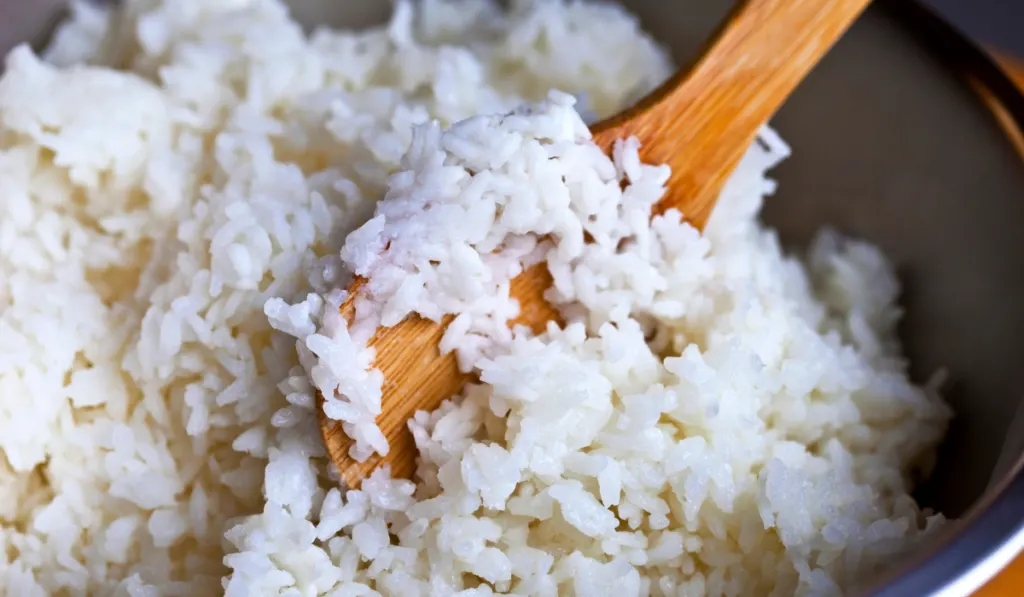
Rice is a type of grain and could also be a kitchen scrap, but it is an alternative feed for peacocks and other birds. If you run out of feed for your peacocks, you can give them some cooked rice until you get more feed. Here are some things you should have in mind:
- Only give rice to mature peacocks: Young peacocks need a protein-rich diet to grow. Only give rice to peacocks that have stopped growing.
- Do not feed them only rice for more than a day: Rice has a lot of carbohydrates and few proteins, so you do not want to give your peacocks too much of it.
- Mixing the rice with other ingredients is better: If you can mix other protein-rich ingredients with the rice, it will be better for your peacocks.
Remember, only feed your peacocks with rice when you run out of feed.
5. Food Found While Foraging
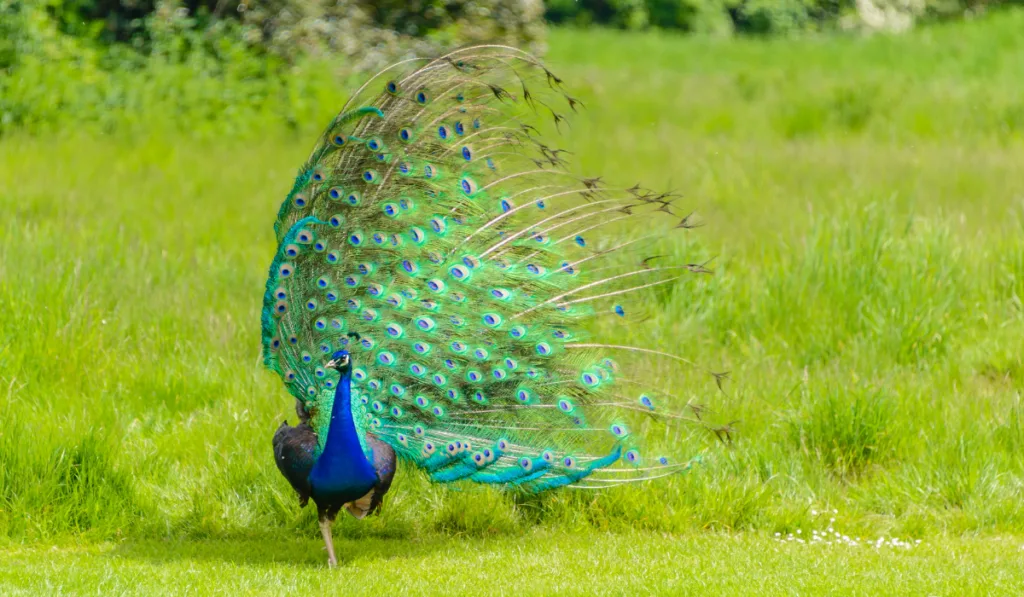
If you can let your peacocks out to search for food by themselves, you can reduce how much you spend on their feed. Peacocks can find a wide range of feed when they forage, and they can also help prevent some types of pests such as insects and little reptiles from pestering your home.
If you have enough space for the birds to roam, and you want them to roam, make sure that you protect them from harmful predators and thieves. Also, be sure to keep water troughs in different spots so that your peacocks can drink water when they are thirsty.
Now you know five feed alternatives to reduce the cost of peacock feed. What if you have something else in mind to feed the birds with? What should you consider? Continue reading.
What You Should Consider Before Selecting the Right Feed for Your Peacocks
Here are some things that you must put into consideration.
Protein Requirement of Your Peacocks
When raising peacocks and other birds, the first thing to consider is their protein needs.
Most peacocks need at least 25% crude protein in their daily diet. Some need over 30% crude protein. The younger a peacock is, the more proteins it will need.
If you must give a feed alternative to your peacock, make sure that it has enough proteins for your bird. You can only substitute peacock pellets with protein-rich feeds. If the alternative feed that you have is not rich in proteins, consider giving it as treats and not as the main feed.
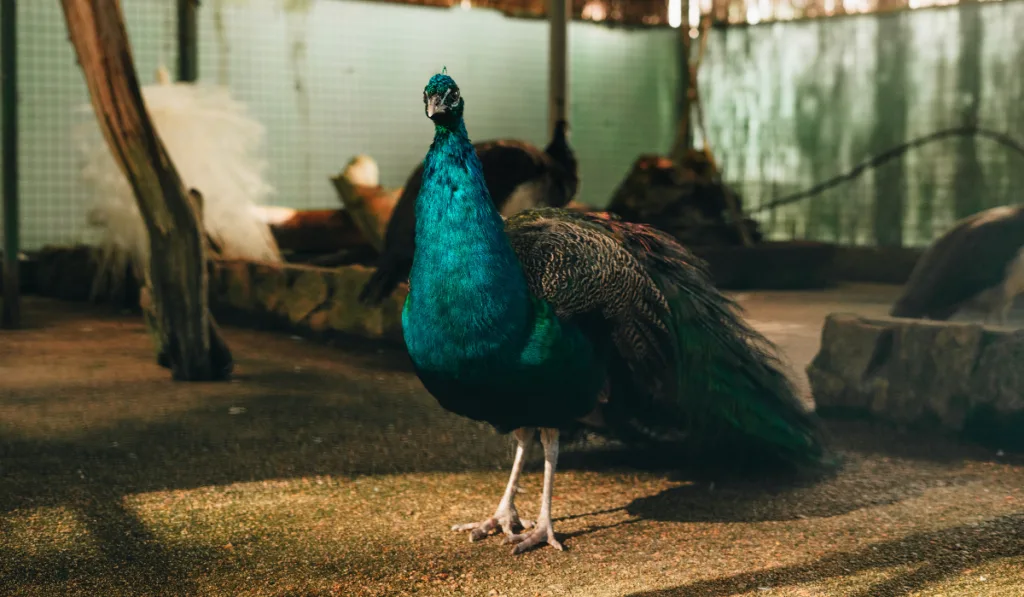
Cost of Producing or Buying the Feed
The next thing to consider is the cost of the feed. If you are a farmer, you surely want to make a profit. This means that you will not consider replacing the peacock feed with something more expensive, such as shrimp. You probably want to stick to cheaper feed alternatives, such as insect larvae.
You should have a record of how much you have spent so far so that you can always compare the cost of one type of feed with the cost of another over time.
If you can, you should also compare the growth rate of your peacocks by using their weekly average weight. If one feed is cheap and supports a fast growth rate of the birds, you should stick to it.
How Often You Intend to Feed Your Peacocks the Feed
Now that you have an idea of what you should feed your peacocks as an alternative feed, you need to decide how often you will give your peacocks this new feed.
Consider mealworm larvae as an example. If you intend to feed your peacocks with mealworms daily, can you produce as many mealworms as your peacocks will need daily?
Knowing how much feed you need for your peacocks over time will help you to decide how much of their pellets you can substitute with the alternative feed. Remember that you have to document how much feed you give the birds and how quick their growth rate on that diet is.
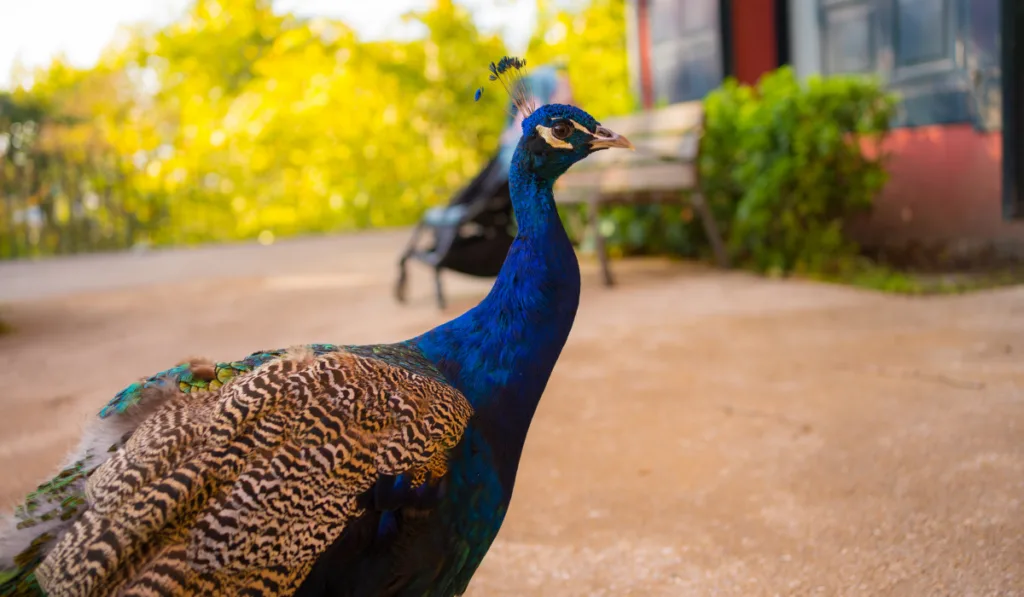
Three Occasional Treat Ideas for Peacocks
If you notice that the feed you intend to give your peacocks is low on proteins, you can give it to your peacocks as treats instead of actual meals. Here are some treat ideas for your peacocks:
- Fruits: Fruits are rich in water, minerals, and vitamins. Your peacocks will appreciate a lot of fruits in the hot summer months. Give these as treats.
- Vegetables: Vegetables can keep your peacocks busy and healthy. You can hang vegetables for your peacocks, just like a piñata.
- Bread crumbs: Bread crumbs are great treats for peacocks. You can give your peacocks as many bread crumbs as you have, but make sure that you have other protein-rich meals for them.
Now you know what you can give to your peacocks as treats or as regular feed.
Final Thoughts
Peacock feed might be expensive, but there are so many ways to reduce the cost of the feed. Feeding your peacocks alternative feed, such as mealworms and earthworms, is an excellent idea. Make sure that you consider the protein content of the feed as well as the cost before deciding what you should give to your peacocks.
